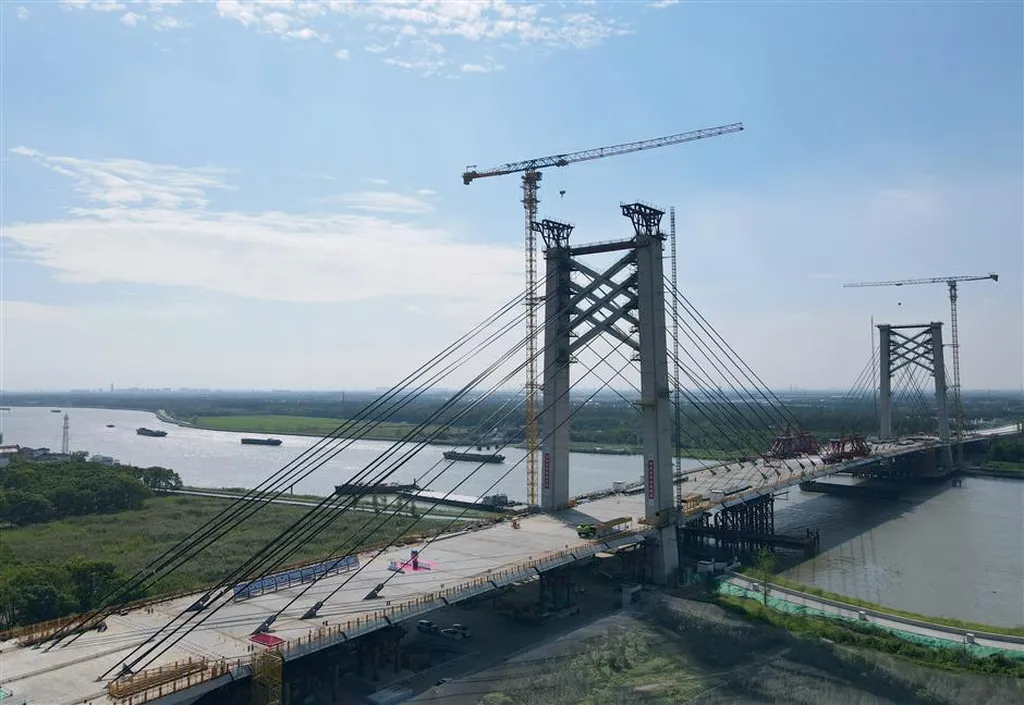In the heart of Shanghai’s Songjiang District, a significant infrastructure project is taking shape, one that could redefine how similar bridges are designed and constructed in the future. The Jiasong Highway Bridge over the Huangpu River, a planned six-lane highway with non-motorized lanes on both sides, is not just another construction project. It’s a testament to innovative engineering, with a unique self-anchored suspension design that has caught the attention of industry experts.
The main bridge, with a span of (130 + 336 + 130) meters, is a marvel of modern engineering. Unlike traditional suspension bridges, this design eliminates the need for massive anchorages at the ends, freeing up space and reducing the environmental footprint. “This design is not just about aesthetics,” says lead author Jianfeng Cao, whose work was recently published in the journal ‘预应力技术’ (translated to English as ‘Prestressed Technology’). “It’s about functionality, sustainability, and the future of bridge construction.”
The construction scheme for the Jiasong Highway Bridge is a result of meticulous analysis and comparison of alternative designs. Factors such as hydrology, geology, navigation, and the environment were all taken into account. This holistic approach could set a new standard for future bridge projects, not just in China, but globally.
The implications for the energy sector are significant. Bridges, especially those over major rivers, often require substantial energy for construction and maintenance. The Jiasong Highway Bridge’s design, with its reduced need for materials and space, could lead to energy savings in the long run. Moreover, the environmental considerations in its design could pave the way for more sustainable infrastructure projects.
As Jianfeng Cao puts it, “This is not just about building a bridge. It’s about building a sustainable future.” The Jiasong Highway Bridge project is a step in that direction, and its success could inspire similar projects worldwide. It’s a reminder that progress in the construction industry is not just about bigger and taller, but also about smarter and greener.

